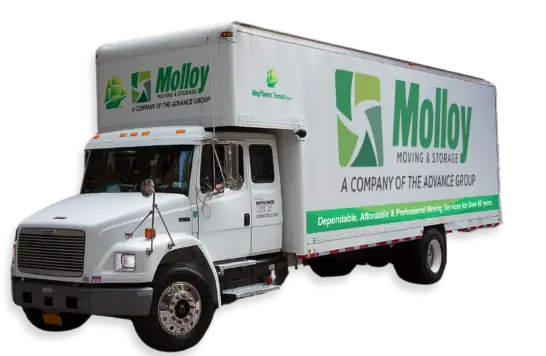Entrepreneurs and other decision-makers may take a long hard look at capital expenses in 2021 and conclude they are spending too much on office space. That’s mostly because the work-from-anywhere trend has emerged as the preferred way to do business.
According to recent reports, the remote workforce has grown exponentially during the last ten years. A recent Gartner study indicates that more than 80 percent of CFOs plan to offer employees work-from-home flexibility, with nearly half of them planning to work from home full-time. Reasons for this trend range from improved productivity to employee retention and attracting talent outside commuter distances.
But one driving reason industry leaders like offsite workers is because it allows them to downsize to smaller, less expensive offices. If you are a business leader interested in moving to a smaller commercial footprint, these are things to consider.
1. Create A Smaller Footprint Layout
It’s not possible to stuff everything from your larger office space into a small one. Rather than begin the downsizing process, start by mapping out the new layout. Forget, for a moment, what office furniture and equipment you already own. Think of the new space as if it were a blank canvas. Now, paint the perfect office by creating a comfortable layout that provides plenty of breathing room for you and the select crew of onsite personnel. You can map the furniture and equipment out with tape on the floor and then draw it out on paper.
2. Make Determined Decisions
A plush leather couch or gorgeous oak desk may seem impossible to part with. They’re not. The downsizing process is not personal. It’s strictly business. Refer back to the footprint you’ve already crafted. Either it fits the new-look office, or it doesn’t. When going through the downsizing process, it’s generally helpful to make “Yes” or “No” decisions. A piece of furniture doesn’t belong in the “Maybe” zone.
3. Buy, Sell, and Donate
There will likely be items that won’t make the trip. If they are in reasonably good condition, it may be worthwhile to list them online and get some money back. Items that do not sell can be donated to non-profit organizations. Get a receipt for the in-kind donation. The amount may be tax-deductible.
If your current furniture is too bulky, it may be in your best interest to invest in new furniture. Nothing looks more like success than an office with that new-furniture sparkle. Once you have a buy, sell, and donate plan, it’s time to box everything up and get ready to move.
4. Package Electronics Carefully
The modern office is increasingly reliant on technology, and these sensitive devices do not generally handle hard impacts well. Backup all of your computer data before unplugging the machines and packing them. It’s typically a good idea to have professionals pack sensitive and fragile equipment. But if you want to take the risk, these are a few tips.
- Clean and vacuum devices
- Surround devices with bubble wrap
- Do not pack heavy, pointed, or liquid items with electronics
- Label boxes “Fragile” in large red letters
It’s also essential to work with an experienced company and communicate with the movers about delicate items.
A well-orchestrated move involves having all of the non-essential items offsite before the movers arrive. An efficient and cost-effective move means letting the professionals do their job unencumbered and enables you to save money on your capital expenses.
Office Moving Help
If you’re moving offices, contact us for a quote. We can help. We are experienced corporate office movers who can make your move a success.



